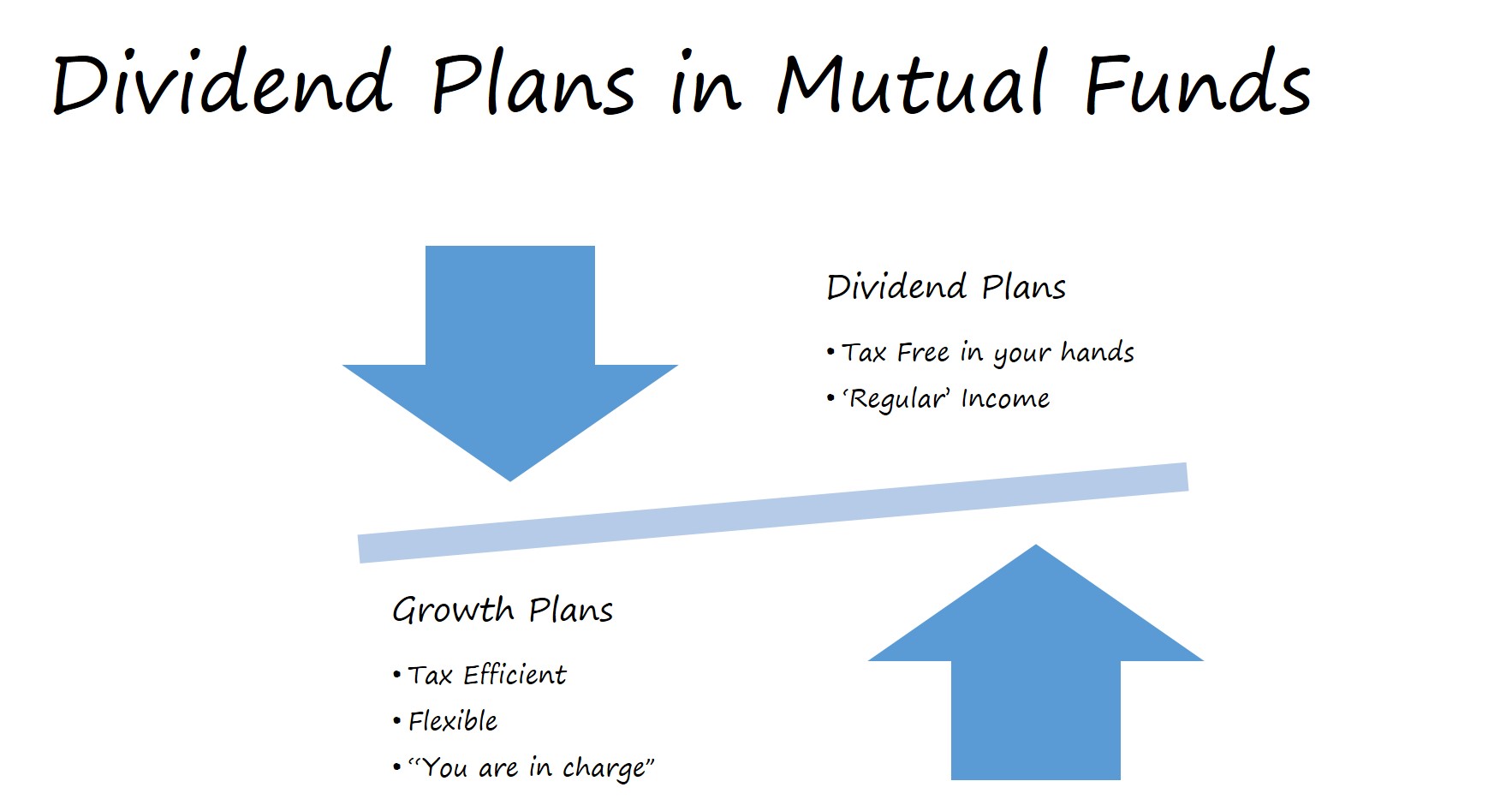Systematic Investment Plan (SIP) is growing in popularity every month. A good percentage of mutual fund inflows is through SIPs. It is so popular that many new investors think that SIP is a product or plan, rather than a simple investment arrangement.
A large number of calculators exist to help one with planning a SIP. Most calculators miss the most critical input – the projected increase in investment amount. In this article we look at the importance of this estimate – by including this estimate the accumulation can be almost 50% higher over 10 years. The rare ‘Step UP SIP’ calculators include this factor and provide more realistic estimates.
What is SIP?
Surprisingly, the term SIP is not India specific. To illustrate, here is one definition: SIP – Global Definition
The public discussion on SIP is so much that some new investors are led to believe that SIP is a product, rather a mechanism. In almost all cases, the investor sets up a SIP with a mutual fund by specifying the following:
- (usually) monthly amount
- date of investment, and
- the number of periods
Since the inputs to create a SIP are the above, almost all the calculators use only the above inputs.
Inputs needed for Periodic Investment
Salaried individuals form a large portion of the investors using SIP. The monthly outgo in SIP very well aligns with the monthly salary inflow.A typical, and a very important, feature of salary income is that it increases periodically, usually yearly. The expected increase could vary depending on the job and career, but the increases do happen. It is natural that financial plans should factor this in. A young professional who can invest 10,000 per month when she is 25 can typically invest more – say 11,000 per month, when she is 26.
Any calculator that estimates the corpus built from periodic investments should then use the following factors.
- Investment amount
- Periodicity of investment (usually monthly)
- Length of investments – in months or years
- Expected rate of return
- And, Expected increase in investment amount
However since a typical SIP mandate does not include the increase in amount, most of the SIP calculators omit this input. The following are examples of actual SIP calculators that are popular.
Example 1
Example 2
Example 3
Monthly Deposit Amount Rs
Time Period (in months)
Interest Rate (%)
Frequency Of Compounding
This calculator includes an additional parameter on frequency of compounding – monthly, quarterly, etc.
Example 4
Another calculator provides a good explanation of the input fields. Again the step-up field is missing.
To use this calculator, you are required to provide the following details:
a) How much money do you want to invest, i.e., monthly investment amount
b) Duration of investment, i.e., how long you will be investing
c) Frequency of investment, i.e., monthly, quarterly or yearly
d) Percentage of expected returns, i.e., how much returns do you expect from your investments.
Example 5
This example takes as input the desired corpus and calculates the monthly investment required. Again it misses the most useful input
Get a plan to invest a fixed amount every month and achieve your desired savings.
The correct set of inputs for SIP
Many plans have a concept of ‘Step Up SIP’ – The investor starts with an amount initially, and then steps it up every year. Ideally this should be done as a percentage, but it can also be done as an amount.
A more detailed description of the calculation is, as expected, at freefincal
| Years to goal | 10 |
| Amount you can save each month | 10000 |
| Net rate of return (annual) | 12.00% |
| Annual increase in monthly invest. % | 10.00% |






